Yamaguchi is located in the Chugoku area. There are many historical sites and beautiful nature that tourists can enjoy. It takes time to move between tourist spots, so a 2 nights 3 days trip is the best if you want to enjoy Yamaguchi to the fullest. From the beautiful blue beach to the national treasure, here we introduce the best places to visit in Yamaguchi.
1. Tsunoshima Ohashi
This 1,780 meters long bridge connects the mainland of Yamaguchi prefecture and Tsunoshima island. It was completed in 2000 and it takes about only 3 minutes to get to the other island by car but you can cross the bridge also by walking or bicycle. On the mainland side, there is a park beside the bridge, and you can take a perfect picture of the whole bridge from there. On another note, if you want to see the beautiful blue beach like this picture, we recommend you to go there in the morning!
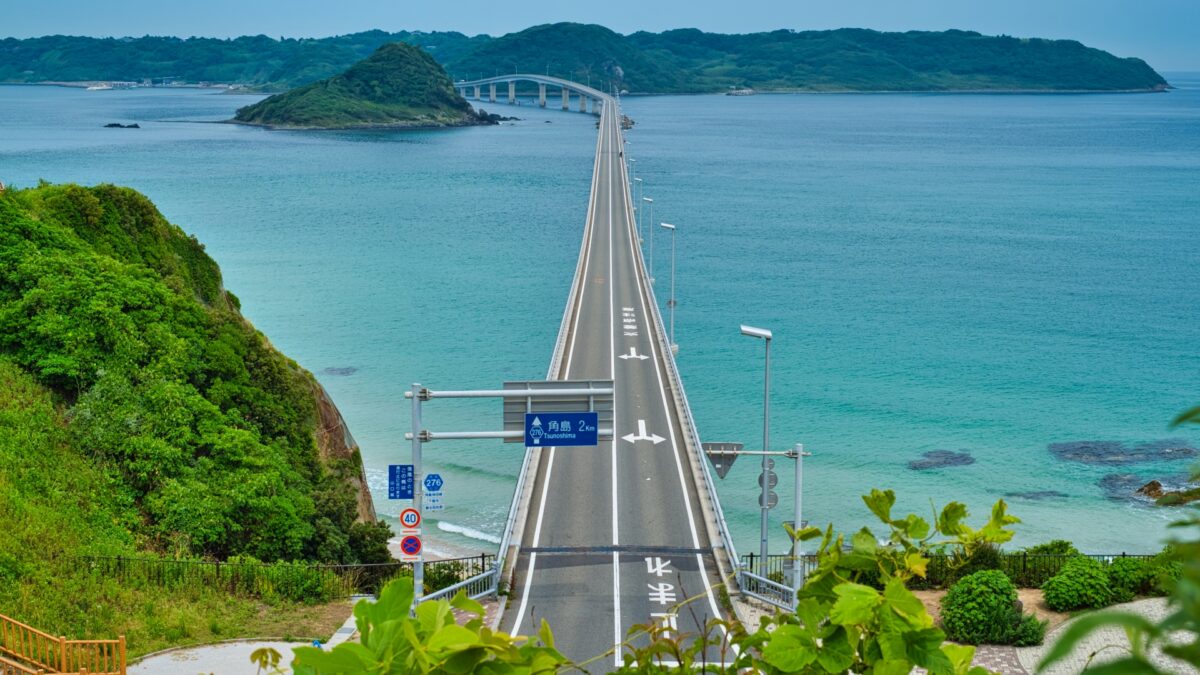
2. Motonosumi Shrine
You might know the thousands of torii gates at Fushimi Inari in Kyoto, but that is not the only place where you can see many torii in vivid red color. What’s even more special is the location here, the 123 torii gates from Motonosumi Shrine make a beautiful contrast with the blue ocean. This shrine was built in 1955 based on the legend that a white fox appeared by the pillow when the local fisherman was sleeping and told him to build the shrine on the cliffs. Fox is believed to be the messenger of the god and that is also why some fox motifs and statues are placed at the shrine. You’ll find an offering box, where visitors toss a coin when they pray, on the torii gate and that’s 6 meters above the ground! It is said if you can successfully throw a coin into the box, your wish is granted.
3. Kintai Bridge
Kintai Bridge was originally built in 1673, it is one of the best wooden bridges preserved in Japan. There were a couple of times that the bridge was washed away by a typhoon and people had to rebuild every time. After some rebuilding using a traditional method, today you can see the beautiful traditional style bridge. Every season you can enjoy it in a different way – cherry blossoms along the river in spring, fireworks in summer, colorful foliage in autumn and snow in winter, every season has its attraction!
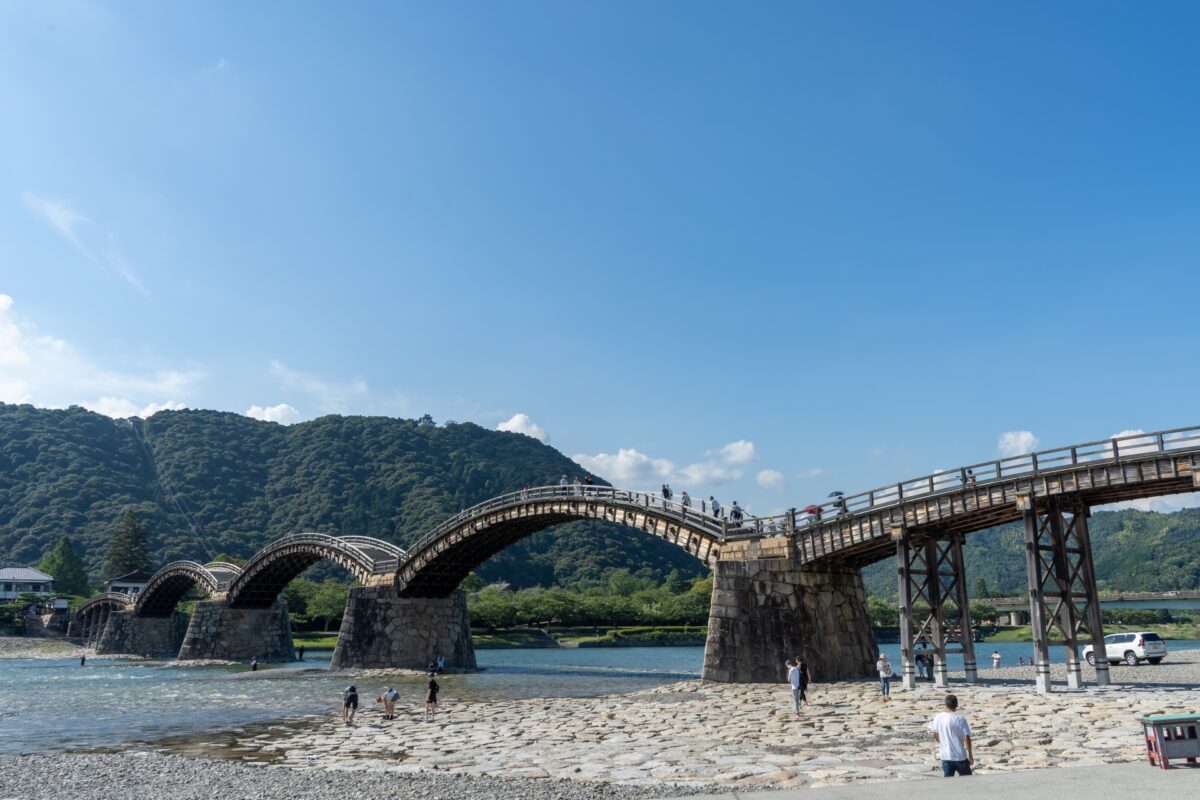
Admission
¥310 (Adult), ¥150 (Elementary school students)
4. Akiyoshido Cave
Akiyoshido cave is the second biggest limestone cave in Japan. The temperature inside of the cave stays 17℃ for all year around, so you can enjoy the cool air in summer and get warm in winter. It takes about 90 minutes to see the whole thing.
Opening hours
8:30 am – 6:30 pm (Mar. – Nov.), 8:30 am – 5:30 pm (Dec. – Feb.)
Admission: ¥1,300 (Adult), ¥1,050 (Junior high school students), ¥700 (Elementary school students)
5. Mori Garden
The Mori family was the warlord who ruled in the Chugoku region in the Sengoku period (1467-1615). The main house of the Mori family is now open to the public as a museum and garden and attracts many tourists. The house was built in the Meiji to Taisho period, and you can enjoy the mixture of modern and traditional style of architecture. The huge Japanese garden includes a big pond and is surrounded by mountains that provide visitors a gorgeous view.
Opening hours
9 am – 5 pm (Last entrance 4:30)
Admission fee: ¥400 (Adult), ¥200 (Children)
6. Rurikoji
Rurikoji is a symbolic temple of Yamaguchi prefecture, and its five storied pagoda is registered as a national treasure in Japan. This temple was built in 1442 by Ouchi Moriharu to mourn the death of his brother who was defeated in a battle.
It’s surrounded by cherry blossom trees in spring and by hydrangea in early summer. Each season adds the stunning view with the pagoda such as autumn foliage in fall and snowfalls in winter. It’s also popular to visit there at night when the pagoda is lit up. The light up lasts until 10pm.
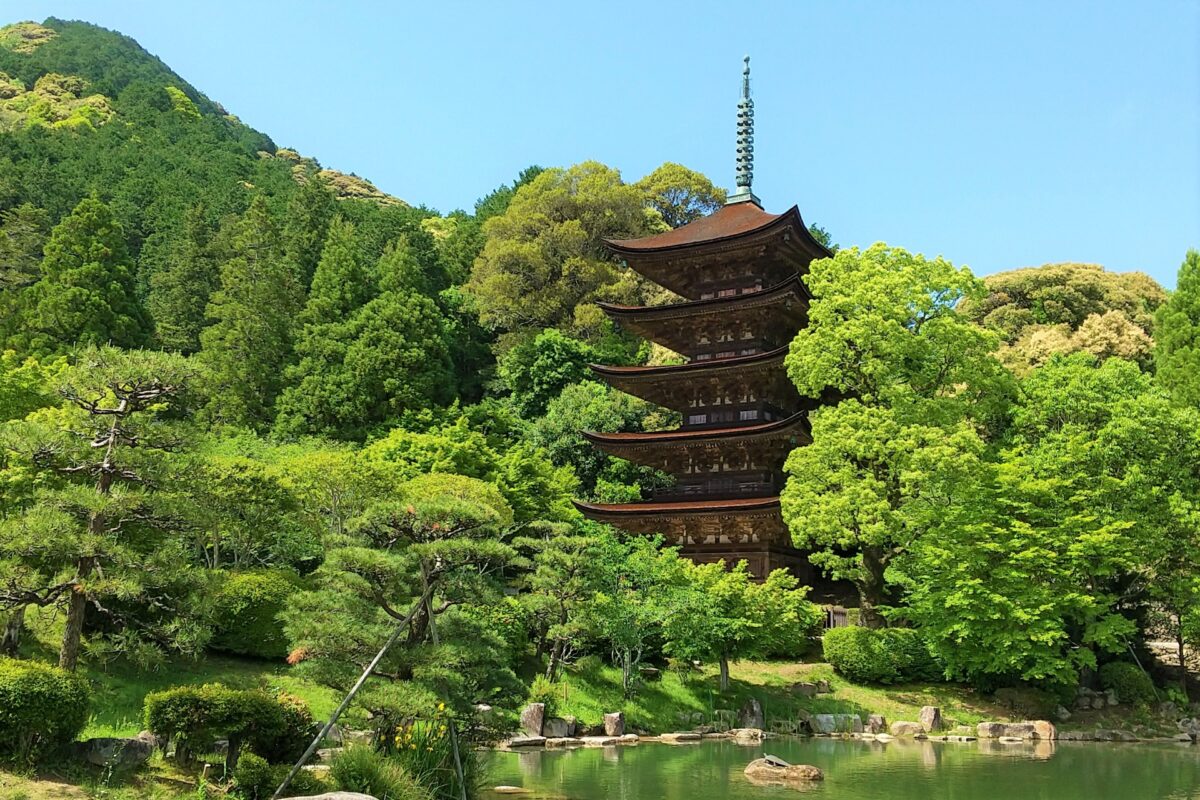
7. Kikugahama Beach
From the white sandy Kikugahama Beach, you can see Mt. Shizuki and some islands. With the clear blue water and breathtaking views combined, it is a very popular spot especially during summer. Also, the sunset view is outstanding! Staying there until the sun sets is a perfect way to end the day.
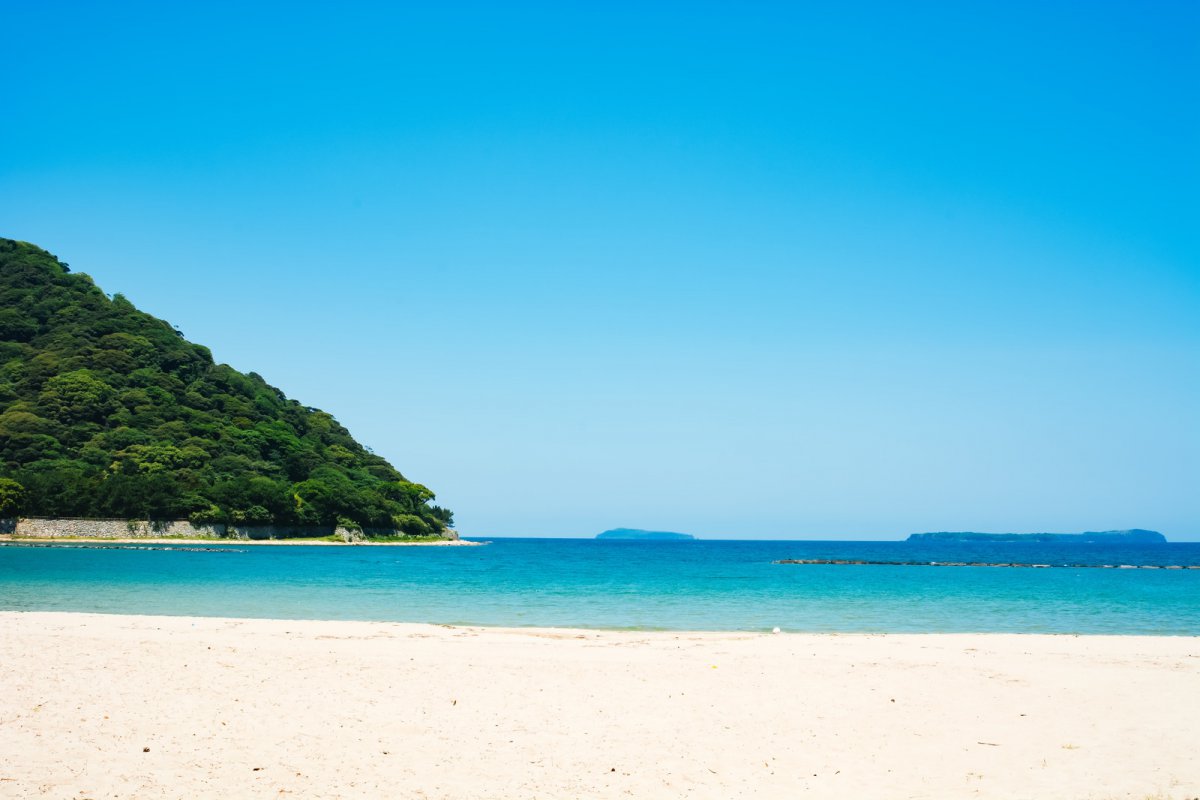
8. Omijima
This island is a part of the Kita Nagato Kaigan Quasi-National Park, which is protected for its natural beauty. You will see many unique shaped rocks that were created by volcanic activity 90 millions years ago. If you want to enjoy the beauty of nature, take a boat circling around the island. Some boats offer thrilling experiences going into the caves and sailing between the dynamic cliffs, and if you are lucky, you might see dolphins swimming in the area!
9. Shokasonjuku
This small academy originally started in 1842 and is known as the place where the famous intellectual Yoshida Shoin was devoted to teach people regardless of the social class they belong to. You can’t go inside the building but you can see the statue and the picture of Yoshida Shoin at the old lecture room from the outside. There are many small historical sites around this area that visitors who like the history of Japan, especially the end of the Edo period, would very much enjoy!
10. Kanmon Straits
Kanmon Straits connect the mainland and Kyushu, and you can cross it by car, train or ferry, but you can also walk underwater! There is an underwater tunnel where you can cross the prefecture by foot. A prefectural border is uniquely marked on the way. It takes 15 minutes to cross the tunnel, and after you reach the end, you can get a memorial certificate for crossing the straits. After you cross the straits, enjoy some historical sites, shrines and parks around this area.
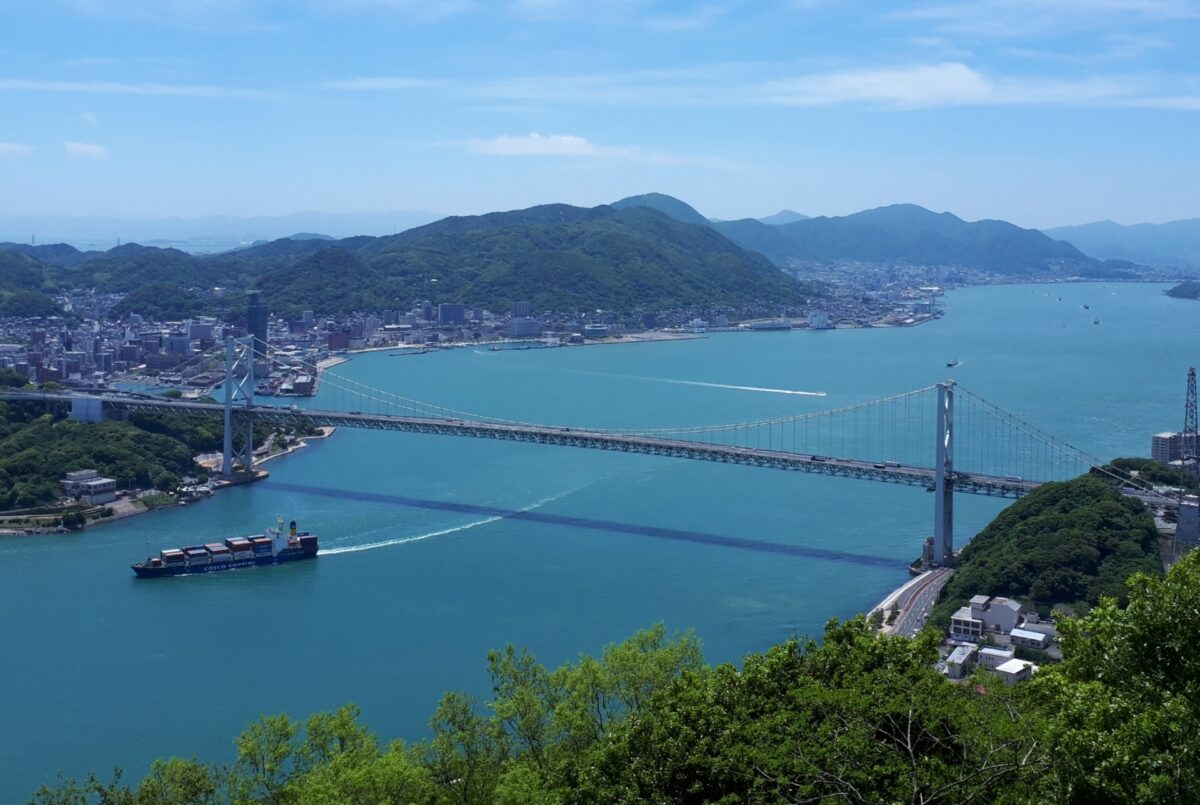
11. Hofu Tenmangu
Hofu Tenmangu is one of the three great tenmangu (the others are Kitano Tenmangu in Kyoto and Dazaifu Tenmangu in Fukuoka). Founded in 904, it was the first shrine that enshrined Sugawara no Michizane, who is now known as the deity of academics. Many tourists pay a visit to the shrine to pray for passing the entrance exams and success in academics. There are several festivals and rituals throughout the year, Gojinkōsai, also known as Hadakabō Festival, is one of them. About 5,000 men called hadakabō carry the big mikoshi (a portable shrine) that enshrines Sugawara no Michizane. The mikoshi weighs about 500 kg, and thousands of people carry it carefully from the top of the stone stairs and descend, carrying it to the Katsumanoura, which is about 2.5km away from the shrine. This festival is to soothe the spirits of Michizane who was relegated for his false charge and announce his innocence. It’s usually held on the fourth Saturday of November every year. If you visit the area around that time, don’t miss the chance to see this unique and passionate festival!

What to eat in Yamaguchi
Don’t forget to try Fugu, blowfish, when you visit Yamaguchi since Shimonoseki city in Yamaguchi has the largest catch of Fugu. You might have heard that a blowfish is poisonous but you can try it safely at the restaurant since only the licensed and skilled chef can be allowed to serve. Ask the locals what is the best way to eat Fugu!
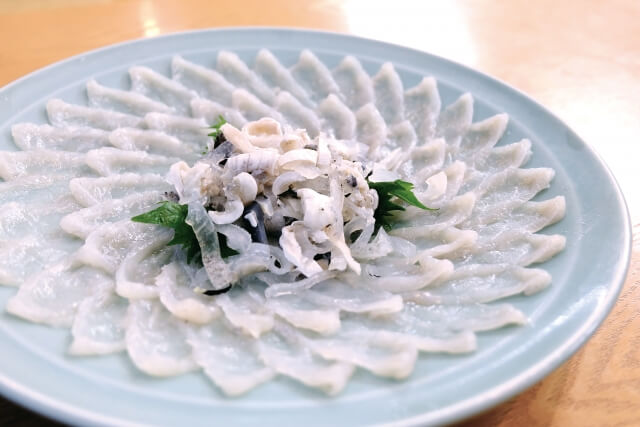
Where to stay in Yamaguchi
Hotel Nishinagato Resort ― Located close to Tsunoshima Ohashi, the best part of the hotel is the open-air hot spring with the view of the ocean which is right in front of you.
Matsudaya Hotel ― A traditional Japanese hotel with a beautiful Japanese garden, you can enjoy the private onsen and if you are not comfortable to sleep in a futon (Japanese style bed), you can choose the room with the bed.
Hagikomachi ― Enjoy the coastal view from the room and different types of hot springs. This traditional Japanese hotel will offer you a relaxing experience during your stay!
Follow us on Instagram or Facebook for more travel inspiration. Or tag us to get featured!
Happy travelling!
Other articles you might like




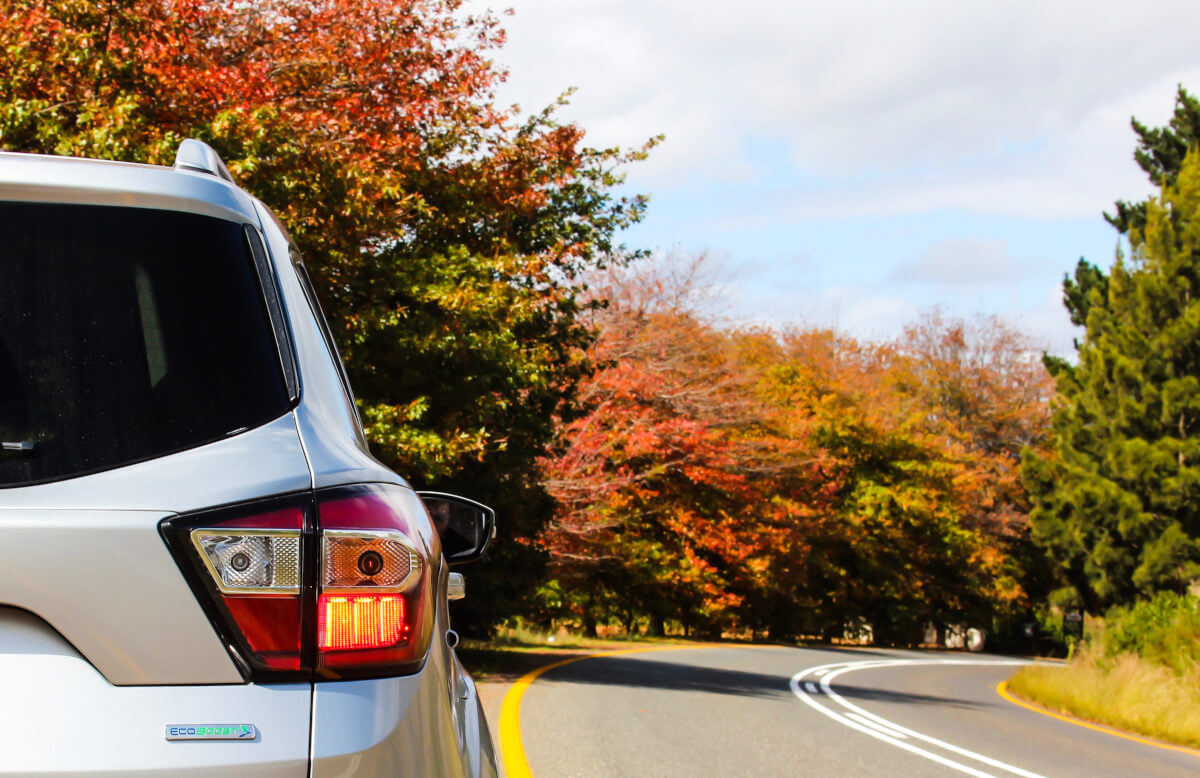
This post may contain some affiliate links. When you click through and make a purchase we may receive some commission, at no extra costs to you
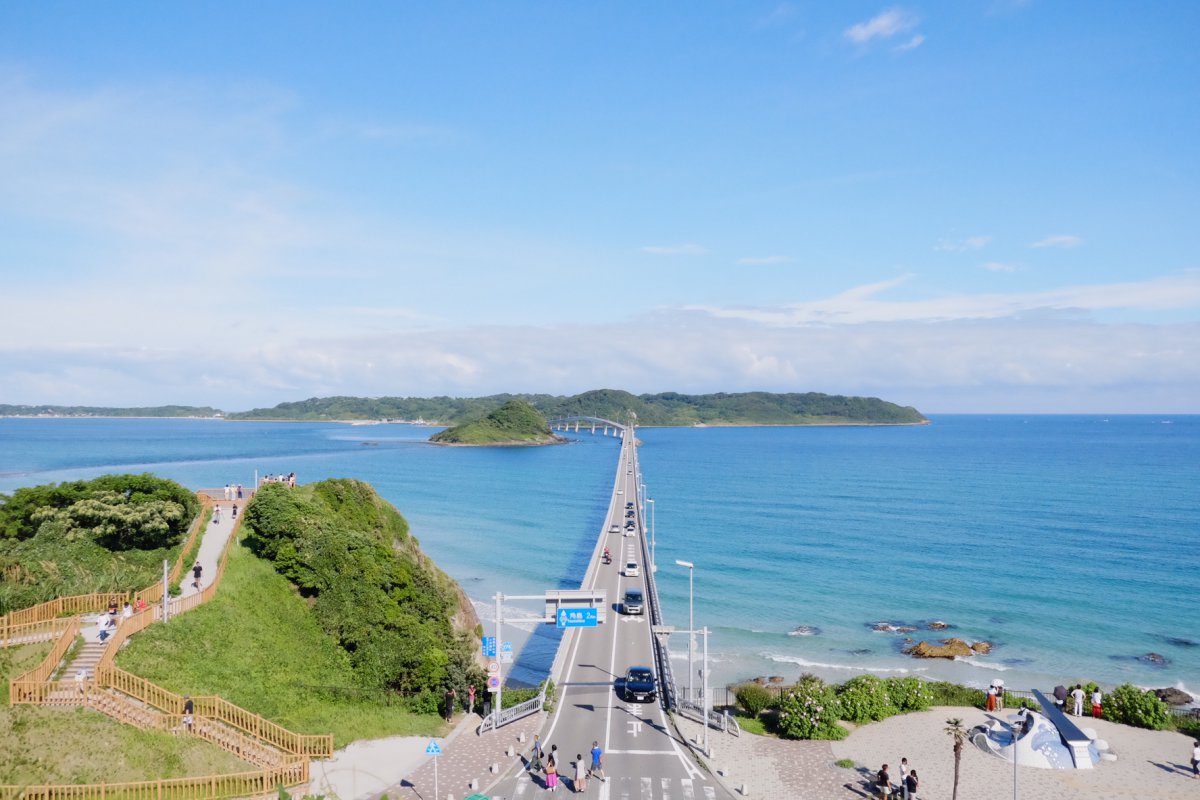
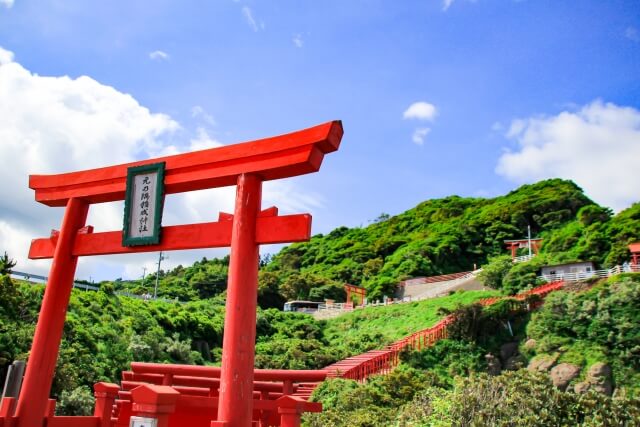
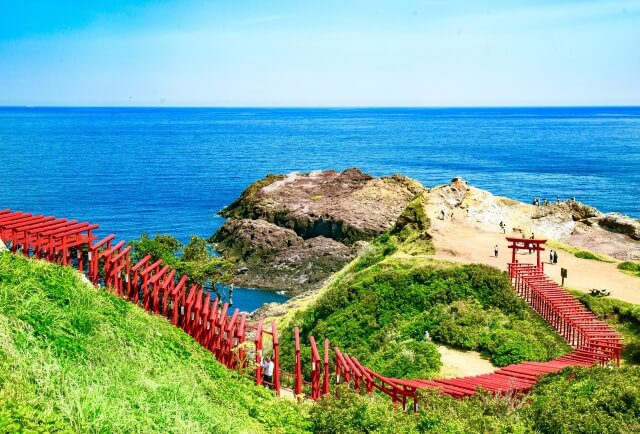
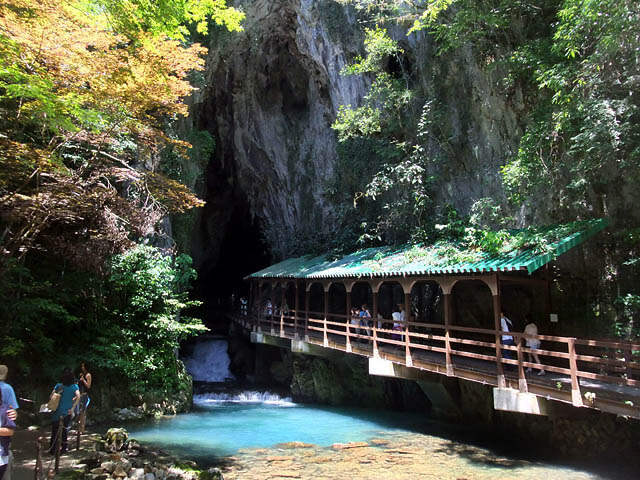
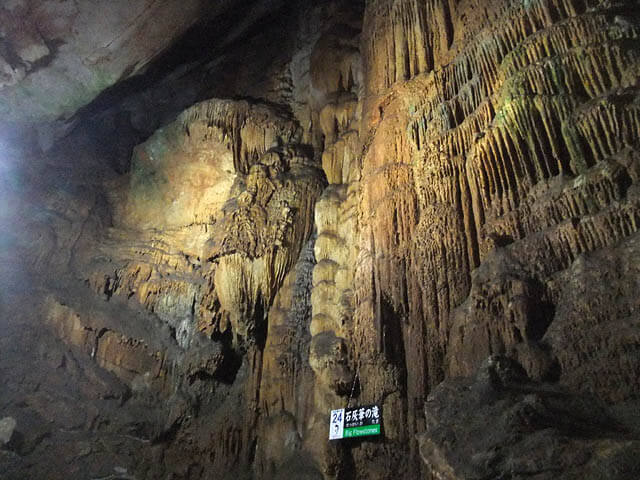

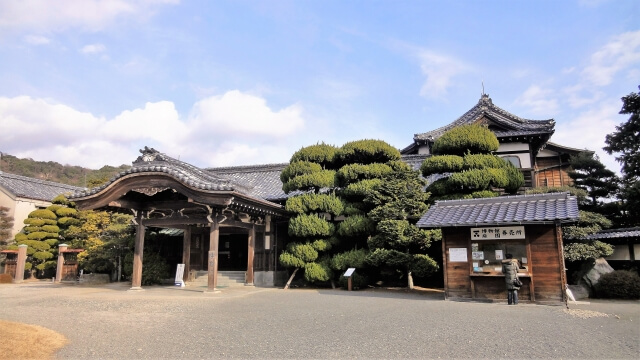
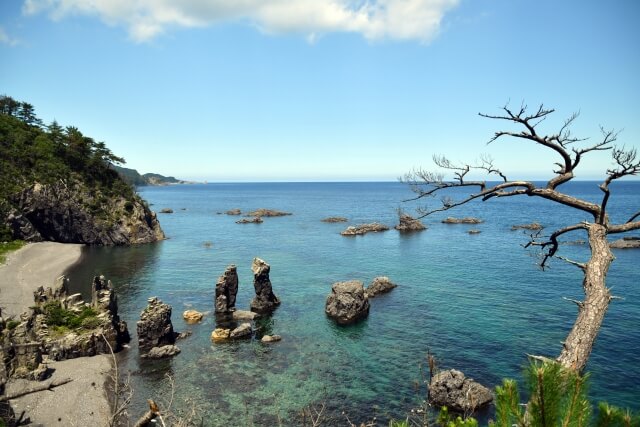
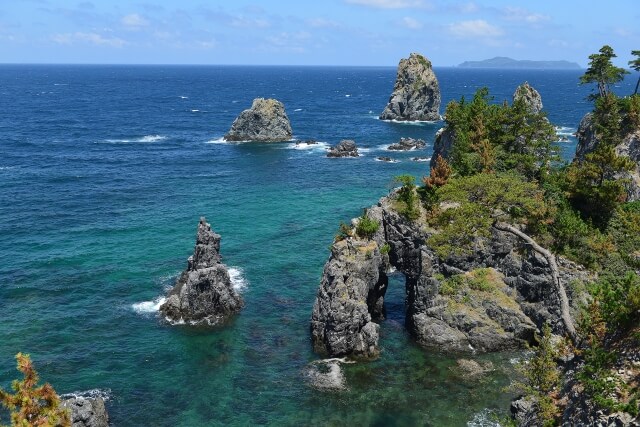
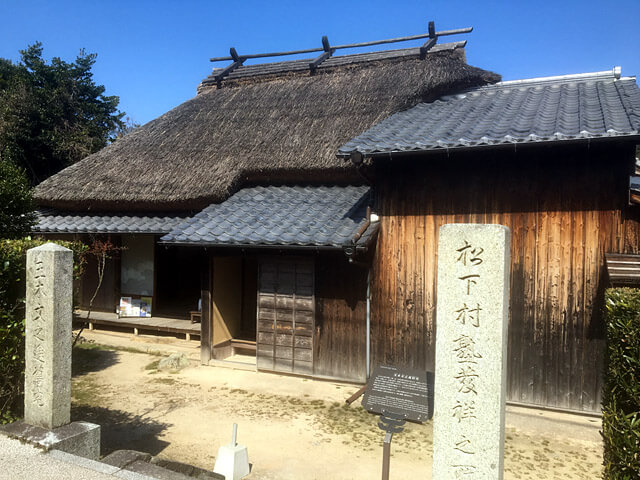

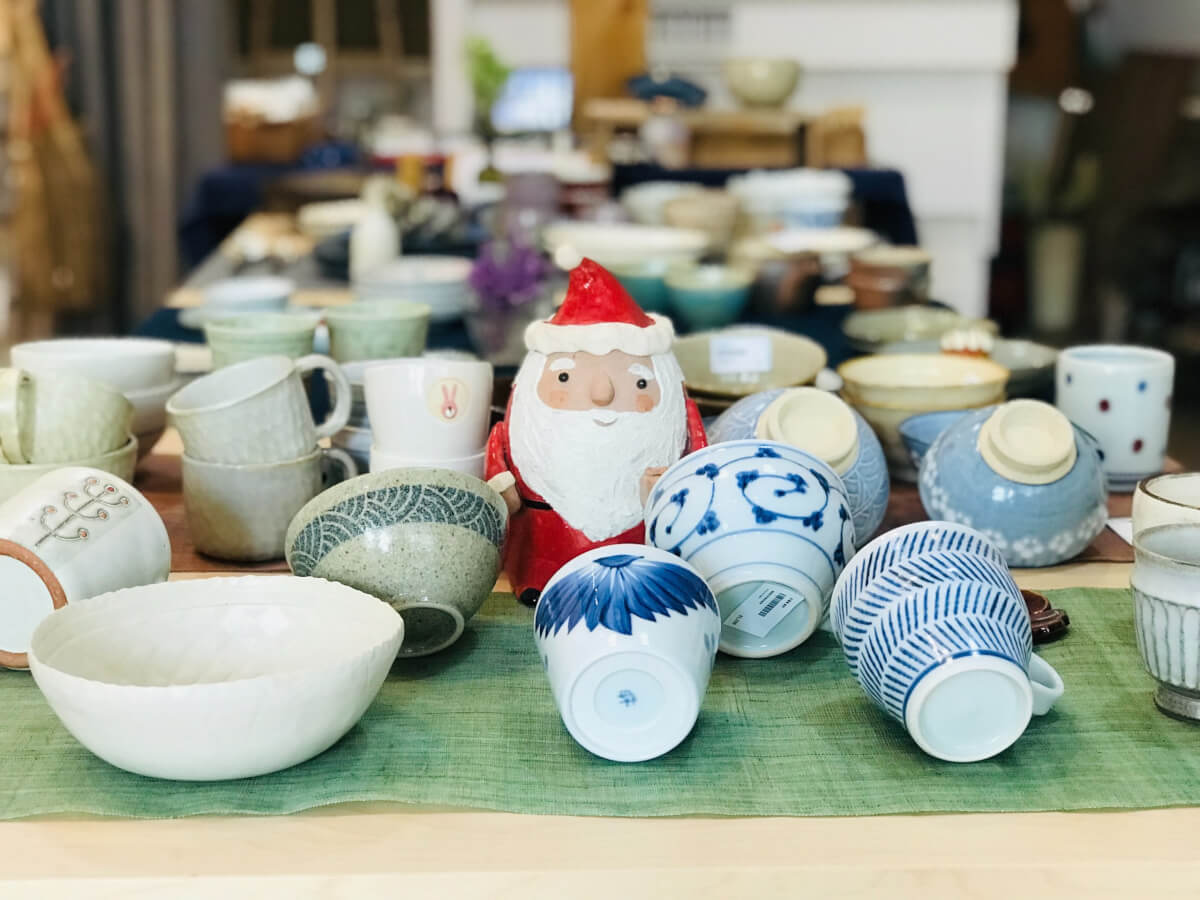

Comments
Hofu Tenmangu is not listed ! One of the 3 biggest tenmangu in Japan !
Thank you for your suggestion. We will add it to the list!